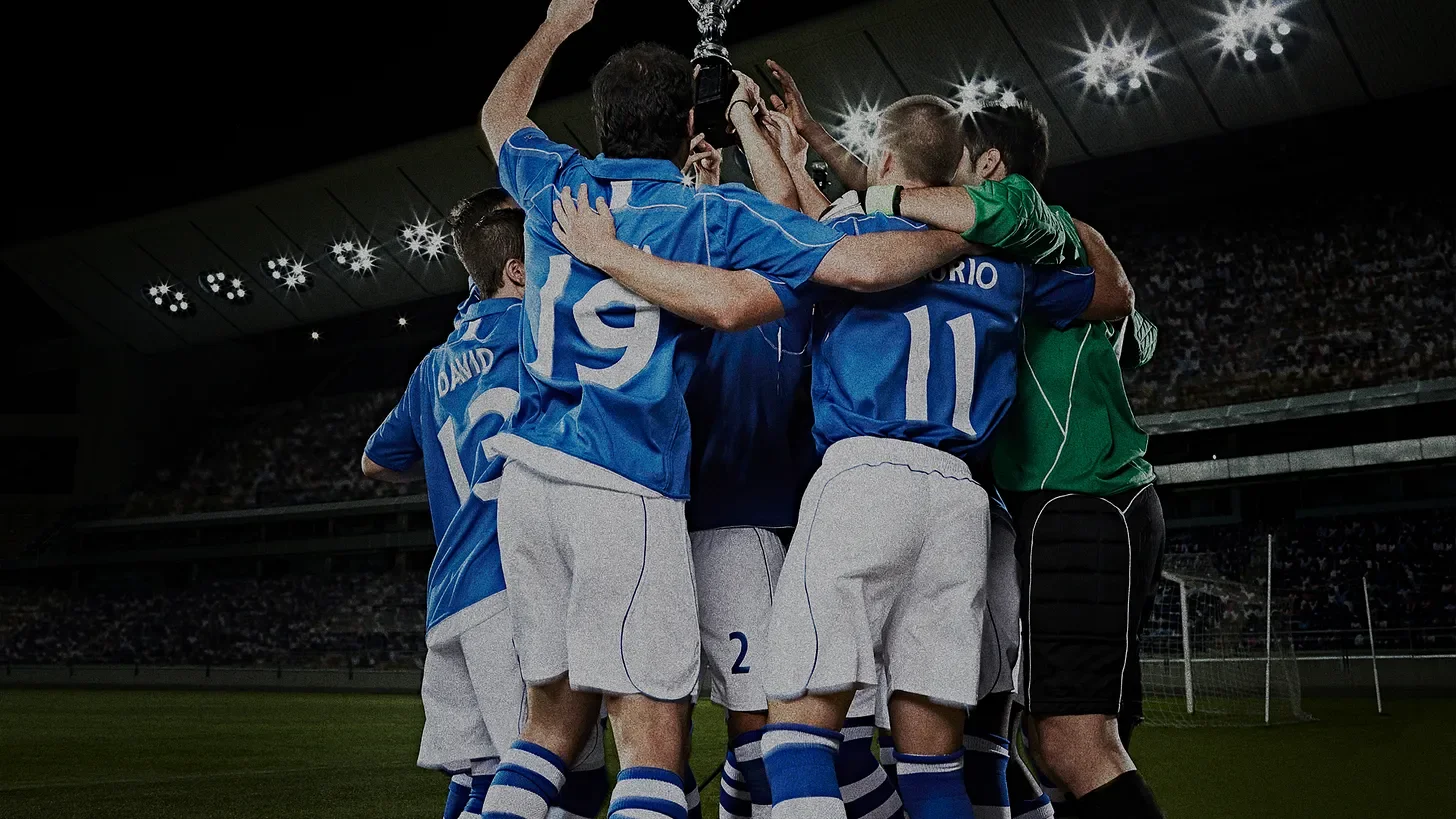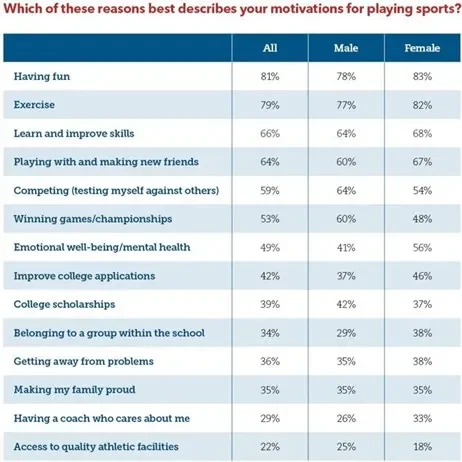The Unifying Power of Fun
Play may be our most powerful tool in youth development
This week, youth sports has been on my mind. Maybe it’s summer and memories of long nights and all the kids’ games we played and watched our own kids play. We should lean into this and channel this natural love of games into opportunities to create a better future for our kids.
Think back to when you were a kid. You played games and it was exhilarating. It could have been any kind of sport: basketball or dodgeball, four-square or football, field hockey or street hockey. It was just fun because it was a game. And the game had a goal, and you and your team were focused on that goal—winning. You were united.
When I was growing up on Poplar Street in my small, idyllic town, my best friend lived across the street, and next door there lived a houseful of boys. Mean boys, in our minds. They yelled at us from behind their fence and called us "sissies" and stuff like that. We were half-terrified, half-annoyed with them most of the time. But when it was time for an evening game of Kick the Can or Ghosts in the Graveyard, all that half-terror melted away, and the Mean Boys were now our teammates, our playmates. We were unified in our quest to be the winning team. And it was really fun.
That childhood lesson about the transformative power of play would repeat itself many times in my life and the lives of my kids. When we intentionally use sports to bring people together, the magic happens. I've seen it firsthand through my work during the early startup years with Urban Initiatives, a Chicago-based nonprofit. Urban Initiatives is a youth development program using the power of play to empower Chicago's kids and young adults. (Check them out: they are amazing people with an impactful program).
In our early years, Urban Initiatives operated its before- and after-school programming at schools in and around Chicago's former Cabrini-Green housing projects. The kids showed up before school two mornings a week, received a healthy snack of fruit and granola bars, divided up into teams, and learned to play soccer. But to participate in Friday games versus other schools, the children had to "Work to Play" and live up to expectations about their behavior in the classroom. Using play as a natural "carrot and stick," teachers saw the students participating in Urban Initiatives' program perform better behaviorally and academically than non-participating peers.
The real magic occurred on Friday game days when kids jumped on a school bus to cross gang lines, city neighborhoods, and cultures to play the beautiful game. The mantra is "you won if you had fun," so kids just played. They laughed, high-fiving members of the other team who may well have been from another world, and learned essential lessons like conflict resolution, teamwork, nutrition, how to play soccer and accept coaching, and how to win and lose gracefully. Boys and girls played together. Black, brown, and white kids played together. Everyone part of something on a playing field.
That was on my mind as I watched the trailer for the soon-to-be-released documentary "Big Dreams: Little League World Series 2024" (which looks awesome by the way). The kids on these teams represent the pinnacle of play—the best of the neighborhoods, cities, and countries that have Little League. To be fair, I haven't seen the documentary, but a quote from one of the kids highlighted in the trailer really struck me: "This is the only place we get to see people from other countries like this." The magic, the unity, that occurs when people come together over the love of a game in spite of all the issues our world faces. It doesn’t exist on the diamond.
The physical and social-emotional benefits of playing sports create healthier adults. This is well-documented. Because other people have devoted far more time to this field than I have, for a good overview, check out the work of the Aspen Institute's Project Play. They have research-backed facts on the many benefits and opportunities in youth sports. Bottom line: youth sports programs positively impact our children in a myriad of positive ways. Yes, there are still opportunities to overcome barriers to participation and other challenges, but what stood out to me from the Aspen Institute's work is this chart. What do you think kids' primary motivation is for playing sports? Yep. You guessed it. To have fun.
[Credit: Aspen Institute Project Play]
If you are a nonprofit either using sports as a lever to promote your mission or thinking about it, allow me to be indulgent and share what I believe are important considerations so you can truly harness the fun and move the ball toward the goal line on impact:
1) Your coaches are your biggest assets, and they should be carefully selected and thoroughly trained. They are the greatest influence on participants, and their influence should be informed, thoughtful, and positive.
2) What is the impact you are trying to achieve? Be specific. Set up data collection methods and opportunities to pressure-test your program in a manner that respects the kids to ensure you are driving positive results. If not, tweak and tweak again.
3) Finally, listen to your kids! Programs using sports and play should be fun. Check in frequently with your program beneficiaries (the kids) to be sure they are experiencing the joys inherent in play.
There are so many sports-based nonprofits harnessing our collective love of sport to make kids' lives better. Please share your own ideas. What has been effective for your organization in keeping fun in the equation while providing the benefits inherent in sports? Share some examples. Tag organizations you know doing this well.


